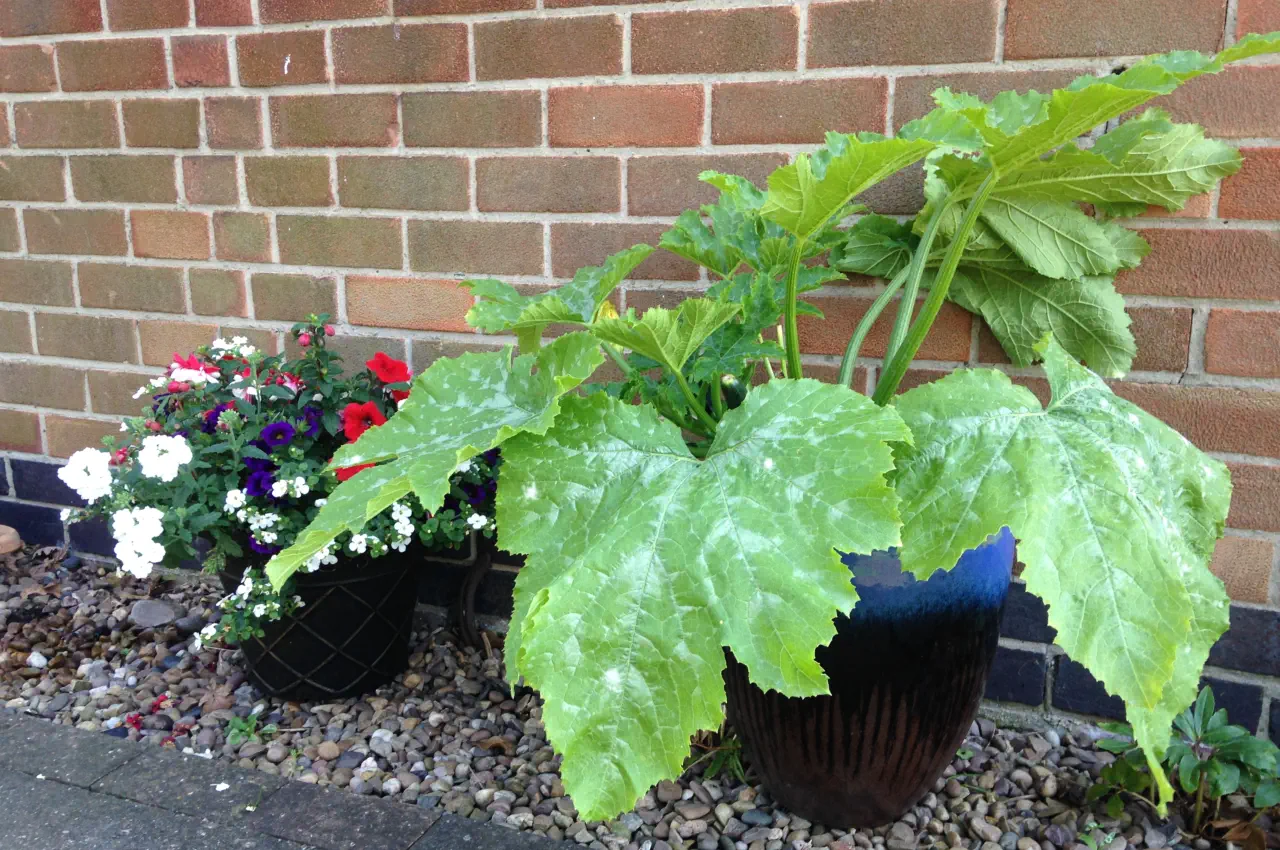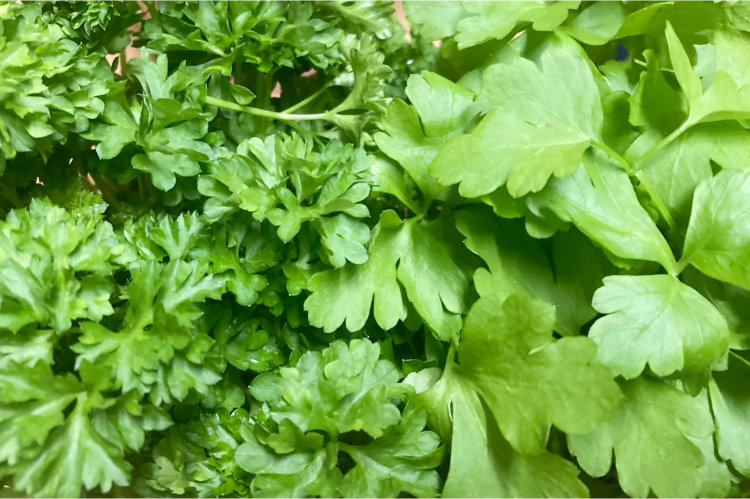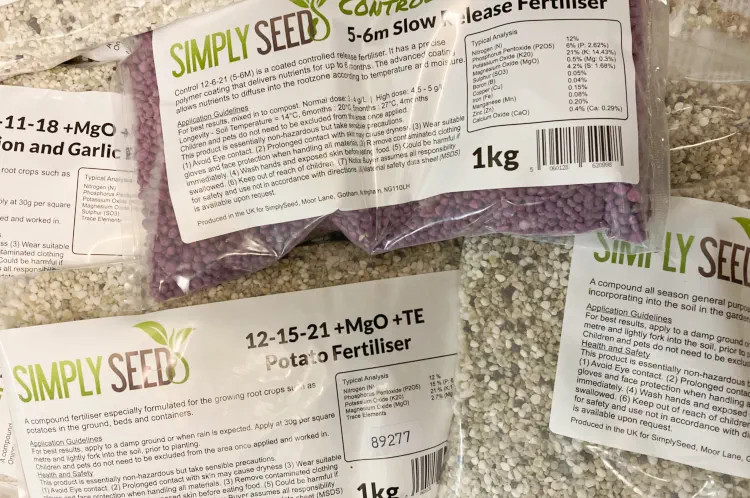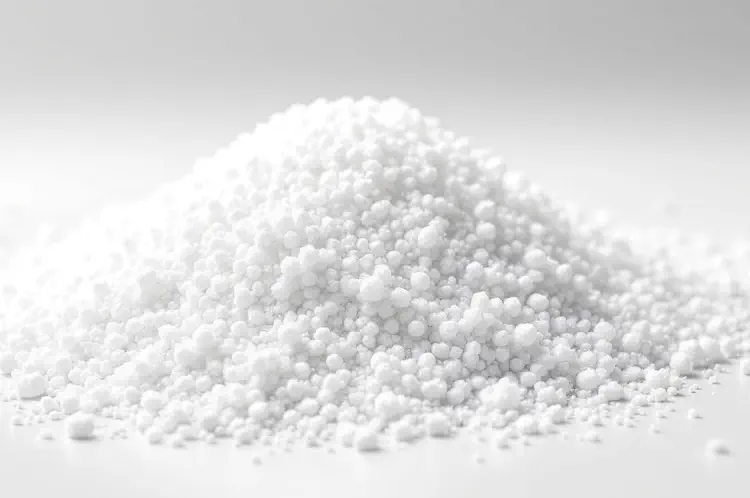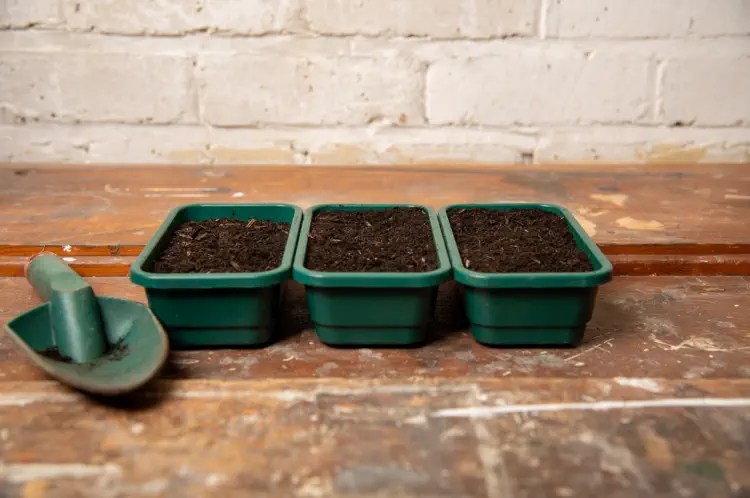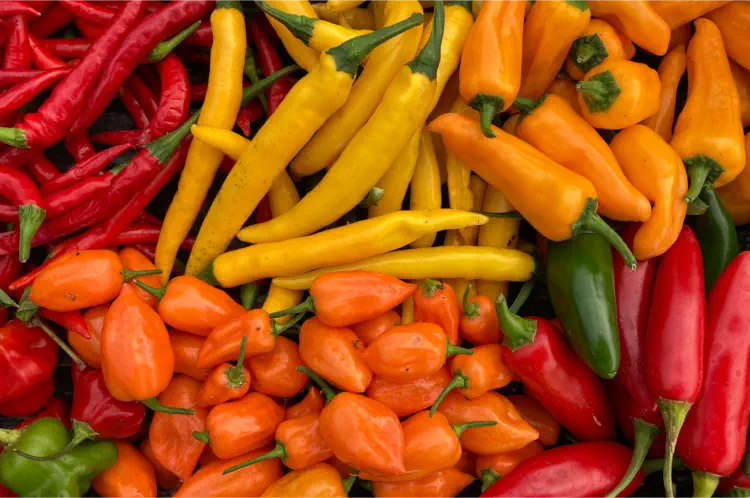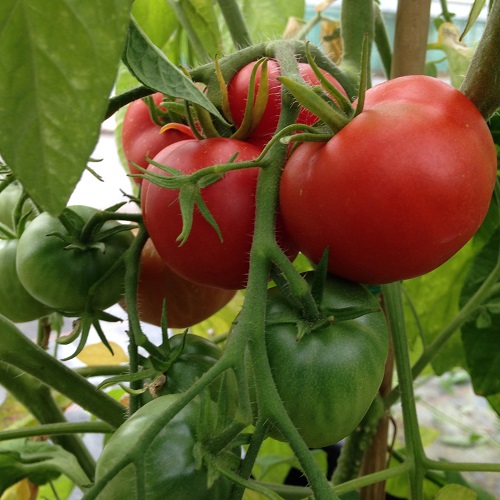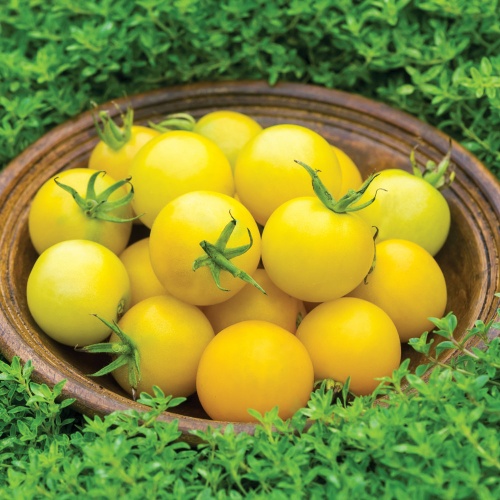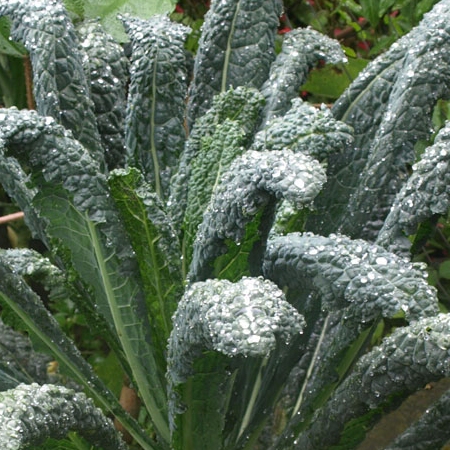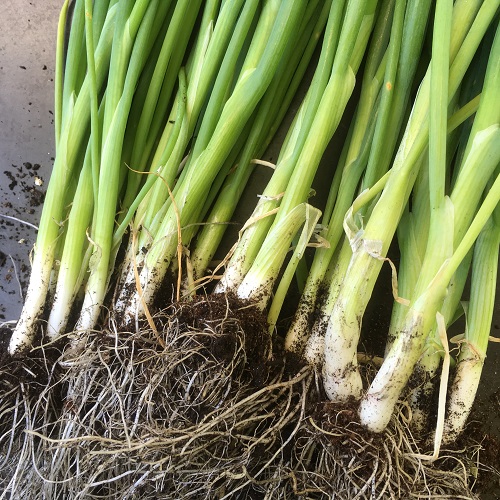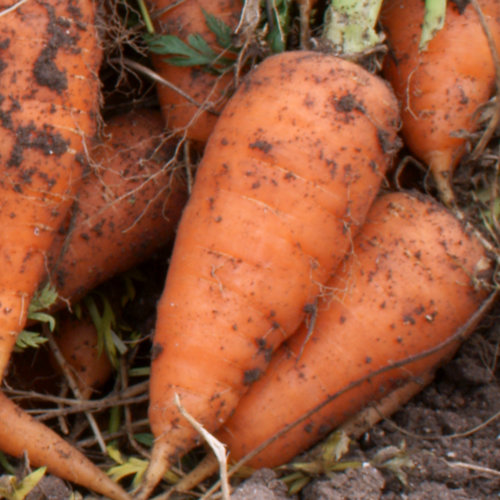In culinary terms, courgettes are extremely versatile and they are exceptionally easy to grow. The courgette or Zuccini courgette, as it is often referred to in the US and Italy, is also known as a baby marrow. Just take your eyes of a growing courgette plant for a couple of days and you’ll soon see why it’s referred to as a marrow. When left to grow, a tiny courgette can quickly become a beast of a marrow within just a few days.
Courgettes are members of the cucurbit or gourd family, which also includes pumpkins, squashes, melons, and cucumbers. It’s quite a diverse group of plants with around 800 species, all producing edible fruits throughout the summer months. The fruits come in green, yellow, rustic and there are even striped varieties to brighten up both your veg patch and your dinner plate.
In the kitchen, courgettes can be served raw in salads or used as an addition to soups, stews, pasta, risotto, ratatouille, pizza, or even baked in cakes, tarts and bread, among many other uses. Zucchini courgettes are also rich in vitamins, minerals and antioxidants, while being low in fats and sugars. This makes them a popular health food choice and that alone is a very good reason for growing them. The compact, bushy varieties don’t need a lot of space to grow and they will produce fruit prolifically throughout the season. The trailing varieties can be treated as climbers and grown up trellis or netting supports.
Soil Preparation
Courgettes will grow best in a warm, sheltered and sunny position, where to soil has been well prepared in advance. They have voracious appetites and will benefit from incorporating plenty of well-rotted farm yard manure or well-rotted garden compost into the plot in late autumn or during early winter, prior to planting. This will also aid moisture retention, which is important for courgettes as they also require copious amounts of water during the growing season. The addition of a general fertiliser, such as Growmore, to the prepared soil will help the plants become quickly established. Some gardeners will plant courgettes directly into the compost heap, where they can feed unhindered all through the season, producing an avalanche of fresh fruits all summer long.
Seed Sowing
Sowing directly outdoors
Seeds can be sown directly outdoors after the last frosts, which is usually from late May to mid-June. Prepare the surface of the seed bed by raking the soil to produce a fine tilth. Then use a dibber or similar tool to create small depressions 90cm apart and about 1cm deep. Place 2 seeds into each depression and cover the seeds with soil, firm down and apply water using a watering can with rose attachment. To help speed up germination you could cover each seed sown area with a clear glass or half plastic bottle to help warm up the soil. When the seedlings appear, select the strongest of each pair and remove the weaker plant. Courgettes can also be grown in large containers or growbags.
Sowing in a greenhouse
Sowing seeds in pots or trays in a greenhouse or polytunnel can help get a good head start on seeds that are sown outdoors. For best results use a potting compost to fill the pots or trays and sow the seeds at a rate of 2 per 9cm pot or individually in modular trays. Cover the seeds with fine sifted compost or vermiculite to a depth of about 1cm then lightly firm down the surface. Apply water using a watering can with a fine rose attachment. Seeds will usually germinate within 7 days. When 2 sets of true leaves have developed move the pots or trays into a cold frame, cloche or a sheltered area of the garden for a further 10-14 days so that they can become acclimatised. Only plant outdoors when all risk of frost has passed.
Planting Out
When the young plants are ready to be moved to their permanent positions, carefully remove them from their trays or pots and use a trowel to make adequate size planting holes. Place the young plants into position and back-fill with soil, ensuring it is firmed down around the plant’s base. Depending on the variety, courgettes will need be placed at 60cm or 90cm apart and between rows. Check the seed packet information relating to the variety and spacing. A container of approximately 45cm square is suitable for one plant, whereas a grow bag will be suitable for two plants. In all cases, water well after planting.
General After Care
As the plants grow, watering and feeding will become the main routine tasks. A granular fertiliser such as Growmore or Vitax Q4 can be applied to the soil around the base of the plants during the first few weeks or you can apply a liquid feed through a watering can once a fortnight. Applying a mulch will also help to retain soil moisture. The leaves of courgette and marrow plants can be very large, casting shade over the flowers and young developing fruits. If the plants become unduly leafy, reduce the amount of feed or stop feeding altogether. It doesn’t hurt to remove some of the large leaves to allow for light and air to circulate more freely and to keep the plant’s growth in check. Also, remove any leaves that are yellowing and keep the area free of weeds.
Harvesting
Courgette fruits grow very quickly so check the plants at regular intervals and cut off the young courgettes when they are between 10cm and 15cm in length. These younger fruits will taste far superior to any that may be left to grow beyond this size. Picking young courgettes regularly will also encourage further flowering and more fruits, which could result in a surplus. They don’t keep well in a fridge so if you want to preserve them it’s best to freeze them. They will keep for a few days in cool storage such as a shed or garage.
Pests & Diseases
The main problem affecting courgettes is powdery mildew, which usually takes a hold later in the summer months. In most cases, if mildew strikes in late summer then most of the harvest will be almost over so you can just remove the affected leaves or even the whole plants. If it’s a problem earlier in the year then apply a fungicide spray such as Potassium Bicarbonate. To help prevent mildew outbreaks in future, ensure the plants have plenty of room and are watered during dry spells.
FAQs
What is the best month to plant courgettes?
Always wait until the last frosts have passed. This is usually at the end of May.
How long does it take to grow courgettes?
The plants will usually begin producing edible fruits about 4-7 days after the yellow flowers appear. Check the plants regularly as they grow very quickly.
Do courgettes need a lot of sun?
Yes, they will grow best in a warm sunny position that is sheltered from the wind.
Can you grow courgettes in pots?
Yes, but they would need to be large pots or containers. A minimum of 45cm square or a 45cm diameter is best.
Remember if you are going to grow Courgette Seeds - The plants are not hardy, you'll need to provide good frost protection.
Have you got any Courgette Growing Tips? Leave a comment below and let everyone know....
All blog content on this page is copyright of SimplySeed and is not to be reproduced without prior written permission. ©

